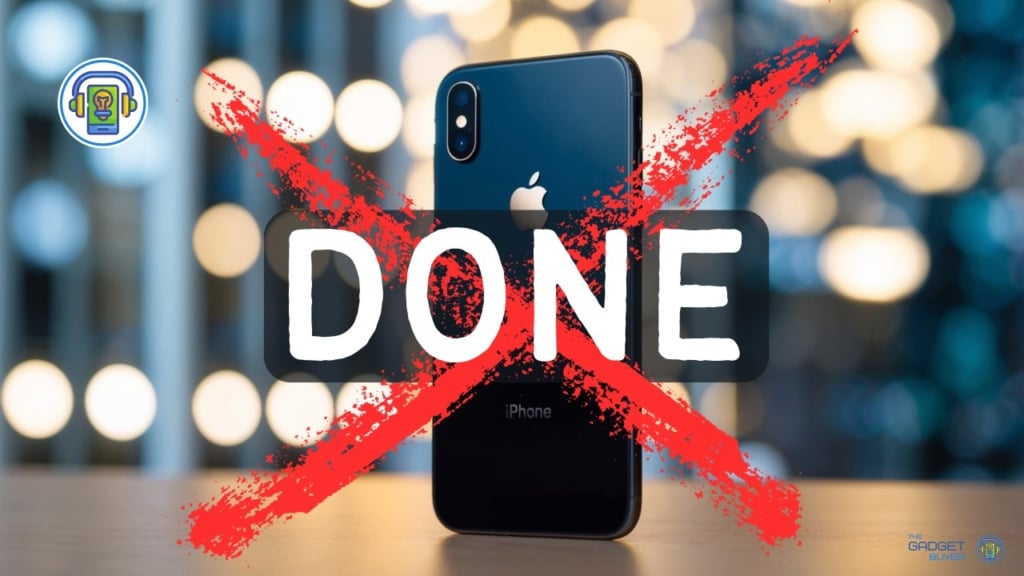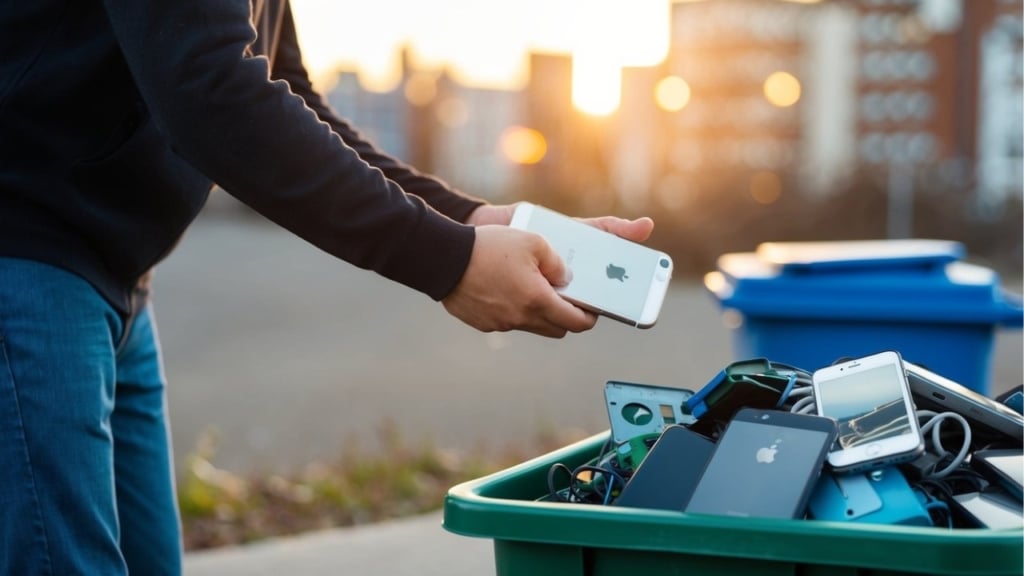From Cutting-Edge to Outdated: How Apple Decides When Your Gadgets Are Done
A closer look at Apple’s vintage and obsolete labels, and why your trusty device might be next on the list.

For Apple loyalists, keeping up with the company’s evolving lineup is almost a hobby. But while its latest launches make headlines, it’s the less glamorous designations — “vintage” and “obsolete” — that can sneak up on even the most attentive users.
Here’s what you need to know about Apple’s classification system and why it matters.
What Do Vintage and Obsolete Mean in Apple-Land?
Apple’s classification system is essentially a roadmap for a product’s life after the spotlight fades. Here’s the breakdown:
- Vintage Products: These are devices Apple discontinued more than five but less than seven years ago. While Apple may still provide repairs, that’s only if spare parts happen to be in stock.
- Obsolete Products: After seven years, the support curtain falls. These products can no longer be repaired through official Apple channels, leaving owners to fend for themselves (or embrace third-party repair shops).
Recent Entrants to the Lists
Apple’s periodic updates to these lists can feel like a mini obituary for its older devices. Recently, the iPhone XS Maxand the iPhone 6s Plus were labeled vintage.
For context, the XS Max debuted in 2018, flaunting its sleek edge-to-edge OLED display, while the 6s Plus has been a stalwart since 2015. On the other end of the timeline, models of the Apple Watch Series 2 have been relegated to the obsolete pile.

Why These Lists Matter
Apple’s move to classify older devices isn’t just housekeeping. It’s a message to customers: the clock is ticking.
For those clutching vintage devices, it’s a gentle nudge to consider upgrading, as software updates and security patches often phase out shortly after a product lands on these lists. For obsolete device owners, the challenge becomes finding repair solutions when things go awry.
This transition also impacts third-party repair markets, resale values, and even e-waste concerns. The vintage-to-obsolete pipeline often turns old gadgets into tech relics — or landfill fodder if recycling initiatives aren’t utilized.
What’s Next for Consumers?
If your beloved device is skating into vintage territory, now’s the time to weigh your options:
- Hold On: If it works fine, enjoy it while it lasts.
- Repair Smartly: Seek third-party options for repairs if Apple turns you away.
- Trade Up: Apple’s trade-in program offers value for your aging device and puts you on track to snag something newer.
The Bottom Line
Apple’s vintage and obsolete lists might seem like the end of the road, but they’re also part of a cycle that fuels the company’s innovation engine. Staying informed about your devices ensures you’re never blindsided by the realities of aging tech. After all, every shiny new gadget will one day sit on the vintage shelf — or beyond.
Research Source: